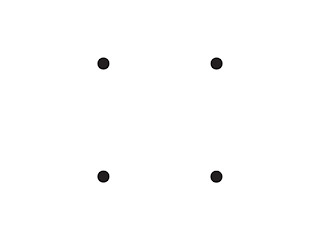Well, hasn't it been a while since I posted anything in here! Let's look at getting this up to speed once again.
I've finished Animation Mentor now. Had a blast at the graduation, it was great finally meeting friends and classmates that I had gotten to know over the past year and a half.
I continue to polish my shots toward a completed demo. I'd like to share stages on "Best Friend." This became my main "final effort" in Class 6, the last class at AM. I'll share versions up to my last submission first, then I'll share polish stages and the eventual completed version - whenever that comes about.
Class 6 was busy. A lot of time was consumed polishing my Tennis Camp sequence. This was completed, I was glad to get that wrapped up at least. Meanwhile, Best Friend became the main contender for my lead shot, and I was starting this one from scratch. I challenged myself with a decent amount of activity blended into the dialogue mix, and with a relatively long clip, 16 seconds, as follows:
The clip is from Doctor Who, Series 6, "Day of the Moon." Yep, I'm a Doctor Who fan. I liked the scenario's ambiguity. The shot seemed to have the potential for exploring the subtlety of an ambiguously defined relationship between a guy and a girl. I wanted it to remain ambiguous, so the viewer would be left guessing: platonic or erotic/romantic?
Filming ref was a process. After failing dismally at acting out the female role - my body just can't move that way - my wife obliged and did a spot-on bit of acting for the role. I still ended up splicing together a bunch of clips to get what seemed best, and I also ended up with parallel ref versions. This is the main sequence just for Pond:
Sean Sexton, my Class 6 mentor, demonstrated a very interesting approach to blocking, where he forms a very tight sequence of poses, usually around 2-4 frames separated. While this may seem time consuming at the onset, it can be possible to capture the entire "idea" of the shot more-or-less from the get-go this way, and the shot will be well defined and will transition to splines with minimal issues. So, when I did my blocking, I tried this method out for myself:
Okay, well, not quite. What really happened was that I plugged in nicely detailed blocking for the girl in the first 100 frames or so, roughly in twoes. Then in the second 100 frames I started running out of time and it fell back to around fours. Then in the last two hundred frames it was looking more like eights... or is that sixteens? And by the time I got to the guy, I was pretty much completely out of time and reverted back to the 'ol "tentpoles" blocking method once again.
Oh well. Sean said he can block a scene in a day this way. Either it just takes practice or the typical scene doesn't involve quite so much physics and moving around, and is shorter anyway. Yeah, I'm not sure what to make of it all, time-wise. But there's no denying that the high level of detail in blocking, wherever I did have it, produced more accurate motion and reduced complications farther down the road. It's certainly very easy to deceive oneself into thinking there's enough motion-information in there when there simply isn't yet, when blocking.
Another thing that became clear about this method was that it's best for situations where you have straightforward reference to work from, and where the style of motion is fairly realistic. Splices in reference really call for careful attention to resolving the body mechanics in the scene, and those resolutions are fabricated and take more time to iron out.
Furthermore, it isn't just splices that throw this approach off. It's also re-timing. I ended up doing a fair bit of retiming. For this approach to work well, it's good to have reference frames loaded directly into a Maya viewport for easy frame-specific reference. I did experiment a bit with animating the rotoscope timing to make it fit, but ultimately the two no longer meshed most of the time.
At the end of it all, I finished classes with this version of Best Friend in my final submission:
It was still in the rough with a significant amount of work left to be done. The guy was still roughly stepped, and facial expressions had not yet been defined.

















